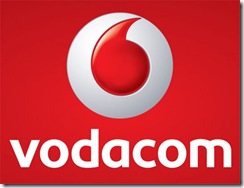South Africa’s dominant landline provider, Telkom has sold its Nigerian CDMA network, Multi-Links to a rival Nigerian telco, Visafone. Plans for a sale of the Nigerian subsidiary were originally announced last November, and there had been rumours that Etisalat could be the buyer.
The sale price was US$52 million and will not include Multi-Links’ fibre network and fixed line operations in the country.
Commenting on the transaction, Jeffrey Hedberg, former acting group CEO of Telkom said: "We are pleased to announce the successful conclusion of realigning our business model to focus on our core competencies. Telkom management is of the opinion that the sale of the Multi-Links’ CDMA business to Visafone represents the best option available to our shareholders and Multi-Links’ customers."
Telkom brought a 75 per cent stake in the Nigerian mobile network operator in 2007 for US$280 million, and took full ownership for a further US$130 million.
Telkom will retain Multi-Links’ fibre network and fixed-line operations. CEO Nombulelo Moholi, who took over as CEO this month, recently said the sale was at an “advanced” stage, and the company hoped to have wrapped the deal up by the end of March.




